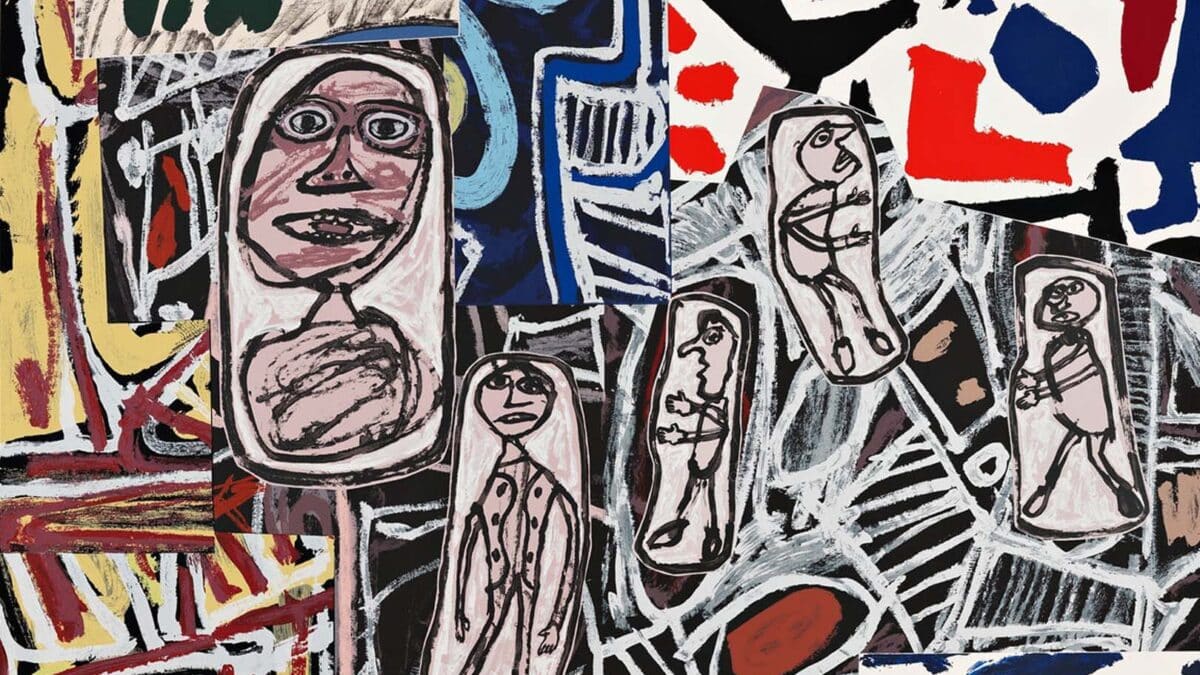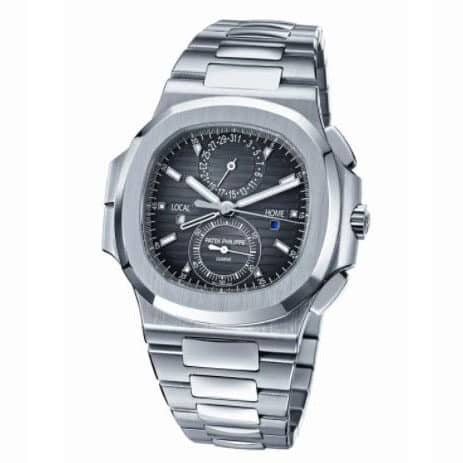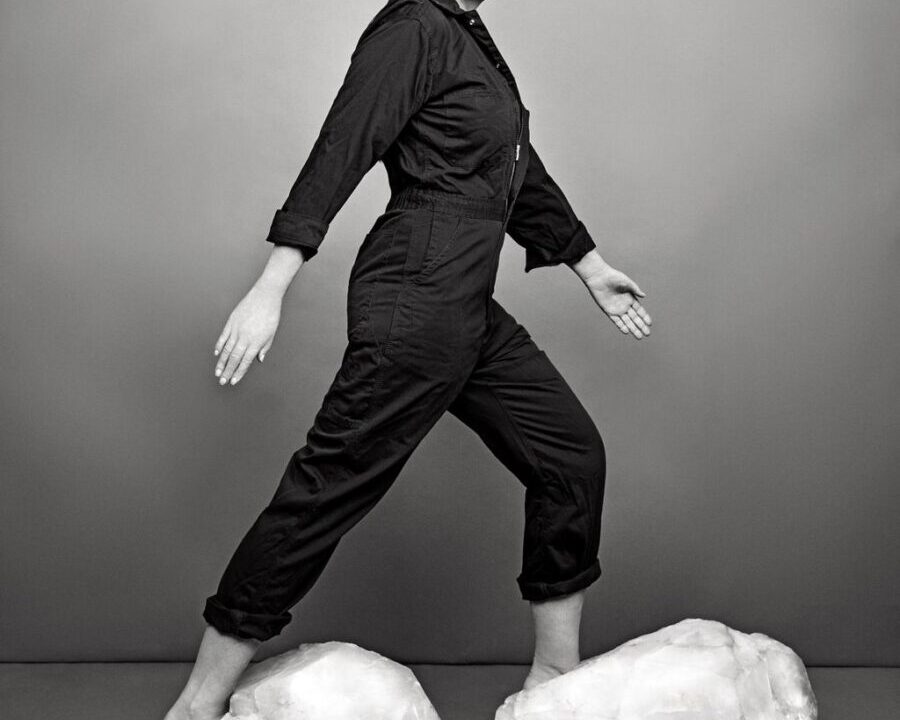The Value of the Works of Jean Dubuffet
“The more banal a thing may be, the better it suits me. Luckily I do not consider myself exceptional in any way. In my paintings, I wish to recover the vision of an average and ordinary man.” – Jean Dubuffet
Few artists of the 20th Century challenged the art world as technically, aesthetically, and socially as Jean Dubuffet. Art lovers and makers alike have been touched in some way by the career of this French painter and sculptor. The artist sought figures in a time when abstraction reigned and took to the rough ground of chaotic forms while formless minimalism was the popular style.
While Dubuffet’s style changed over the course of his life, the roughness of ordinary life unified the themes of his works. His early Fauvist work aimed to represent ordinary figures and plain life. His Art Brut works sought rough, textured forms with simple images and brutishly rendered faces. He eventually turned to a colorful aesthetic vision, not completely abstract but not as figural as previous works. His late period saw sculpted forms often on large scales. While the slight abstraction of Dubuffet’s late work appears to counter earlier aesthetic visions, they still draw the viewer to a form without a figure and to the earth (not toward the lofty world of abstraction like so many of his counterparts at the time).
The Life of Jean Dubuffet
Jean Dubuffet was born to wine merchants in 1901 in Le Havre, France. He began painting at the age of seventeen, briefly studying at the Académie Julian, Paris where he formed friendships with fellow painters Fernand Léger and André Masson. He found the academy to be too rigid and left to study poetry, music, and language independently. After marrying in1924, Dubuffet established a small wine business and transitioned between winemaking and art until fully dedicating himself to his creative practice in 1942.
Dubuffet was the founder of the Art Brut movement during the 1940s. During this period he began the work that distinguished him as a true innovator in postwar European painting with depictions of urban subject matter. He often found inspiration in the margins of everyday life such as prisoners, the uneducated, and the institutionalized to liberate his creativity. Dubuffet’s paintings from the earlier part of the decade saw brightly colored oils, but his style soon changed after a visit to decolonized Algeria. This had a huge influence on his art and he often took trips to the Sahara. The artist began to incorporate unconventional materials such as cement, plaster, tar, and asphalt. These later works were infused with irony and humor.
From 1946 on, Dubuffet was represented by and showed regularly at the Pierre Matisse Gallery in New York, Here he became unexpectedly popular and maintained a high profile.
In the 1960s, Dubuffet experimented with musical composition and creating architectural environments. He continued to explore the potentials of art brut through various graphic and sculptural mediums. A collection of Dubuffet’s writings was published in 1967. In these later years, Dubuffet also created large sculptures of black-and-white painted fiberglass for various public spaces.
Dubuffet was never an insider and he never took cues or participated in fashions of the popular art scenes of the time. He had associates, but was largely disconnected to the mass of contemporaries. Dubuffet was able to import the lessons from the outside into the world of high art in France and Western art culture and his revolutionary vision continues to be important today.
Dubuffet died in 1985 in Paris and his works are still exhibited and can be seen in collections around the world.
Museum Collections & Exhibitions.
Dubuffet’s works are included in major museum collections around the world including the Museum of Modern Art, the Tate Modern, and the Fondation Jean Dubuffet in Paris.
13 FEBRUARY–19 MARCH 2020
Group Exhibition
Small Format
PACE GALLERY, NEW YORK
17 MAY–8 AUGUST 2019
Group Exhibition
Writings on the Wall
WADDINGTON CUSTOT, LONDON
14 MARCH–11 MAY 2019
Jean Dubuffet
Estampes
GALERIE LELONG & CO. PARIS, 13 RUE DE TÉHÉRAN
11 JANUARY–23 FEBRUARY 2019
Group Exhibition
Robert Fraser’s Groovy Arts Club Band
GAZELLI ART HOUSE, LONDON
29 JUNE–27 JULY 2018
Group Exhibition
A New Way of Walking
TIMOTHY TAYLOR, NEW YORK
10 JUNE–1 SEPTEMBER 2018
Jean Dubuffet
Jean Dubuffet and the City
HAUSER & WIRTH, ZÜRICH
7 JUNE–24 AUGUST 2018
Group Exhibition
A New Way of Walking
TIMOTHY TAYLOR, LONDON
18 MAY–29 JUNE 2018
Jean Dubuffet
Théâtres de mémoire
PACE GALLERY, 510 WEST 25TH STREET, NEW YORK
18 MAY–29 JUNE 2018
Jean Dubuffet
A Festival of the Mind
WADDINGTON CUSTOT, LONDON
2 FEBRUARY–29 MARCH 2018
Group Exhibition
Freeform
TIMOTHY TAYLOR, LONDON
20 MAY–2 JULY 2016
Jean Dubuffet
Dubuffet: Late Paintings
TIMOTHY TAYLOR, LONDON
Value at Auction
The average compound annual return for Jean Dubuffet resold at auction between 2003 and 2017 was 7.7%. 90.5% of 190 such works increased in value according to Sotheby’s Mei Moses. Dubuffet’s paintings continue to perform well at auction.
His work entitled Gesticuleur was sold at auction for 5,412,500 USD. Executed in 1945, this piece provides insight into Dubuffet’s development as an artist in the early stage of his career. The work defies all traditional precepts of painting through every facet of its oil, sand, pebble, enamel, and resin configuration. Gesticuleur secures its legacy as one of Dubuffet’s most significant early portraits.
Dubuffet’s Rue Boissy d’Anglas (au Boudin Mystique) marked the beginning of a new cycle in the artist’s work and is widely considered as his masterpiece. The artist uses urban structures to create hectic works in this representation of raw art. It was estimated at 2,000,000 EUR – 3,000,000 EUR and sold at auction for 4,322,350 EUR.
Add the Works of Jean Dubuffet to Your Own Collection
Keep an eye on live auctions at Dania Beach for the chance to add some of the works of this great artist to your collection. Art connoisseurs and collectors all over the world can participate in art auctions through phone bidding and online bidding.
Selling the Works of Jean Dubuffet
Do you have works by Jean Dubuffet that you are interested in selling, appraising or cosigning? Call Joshua Kodner today, and ensure you receive the true value of your property.





